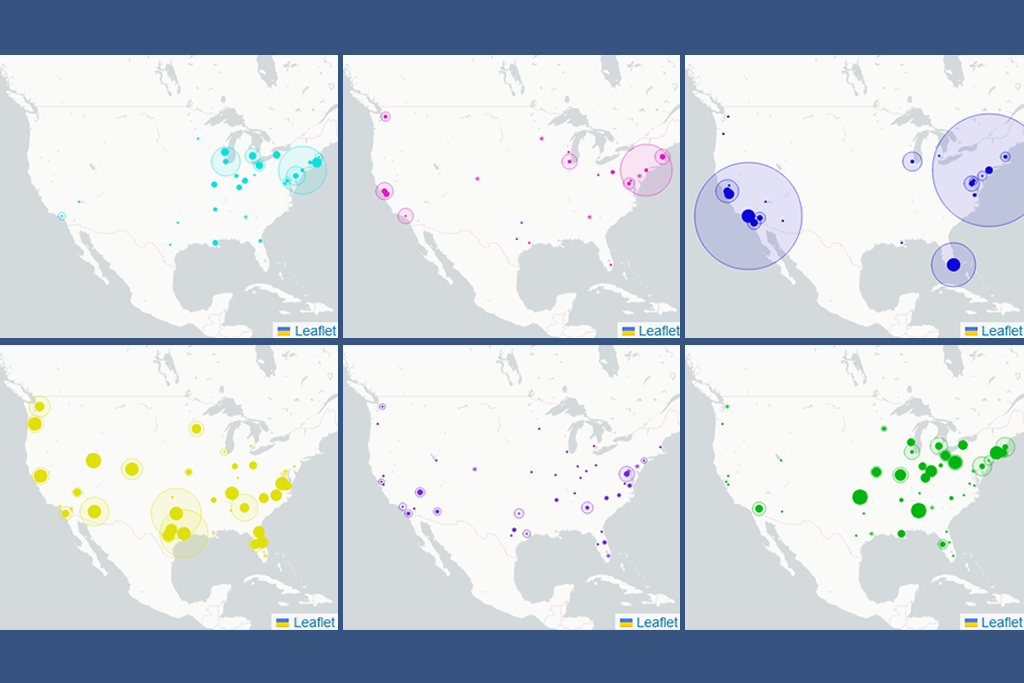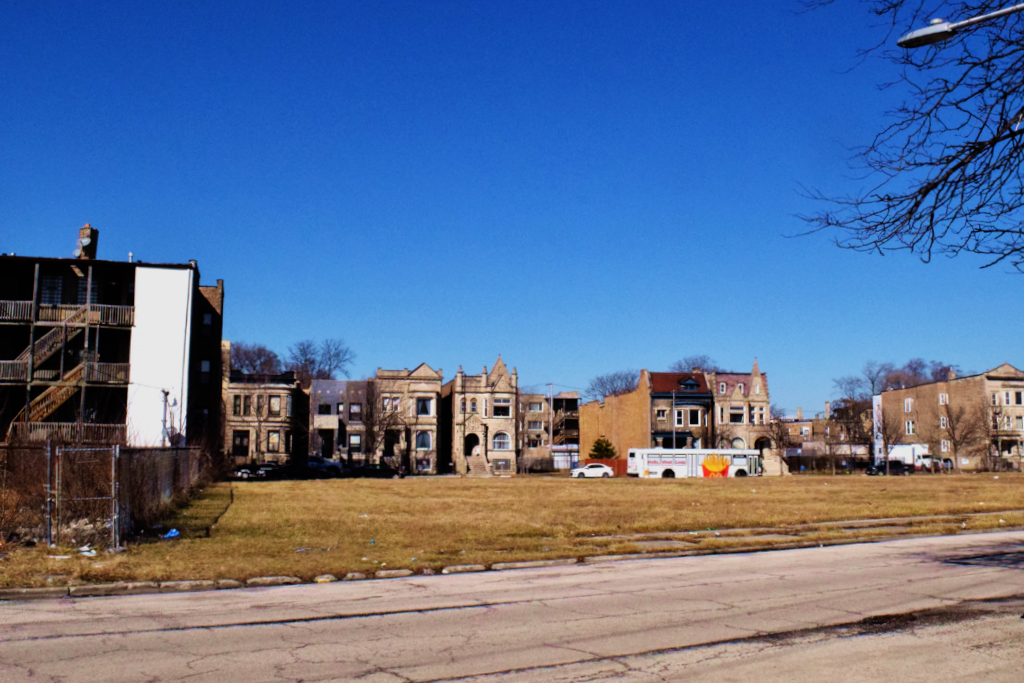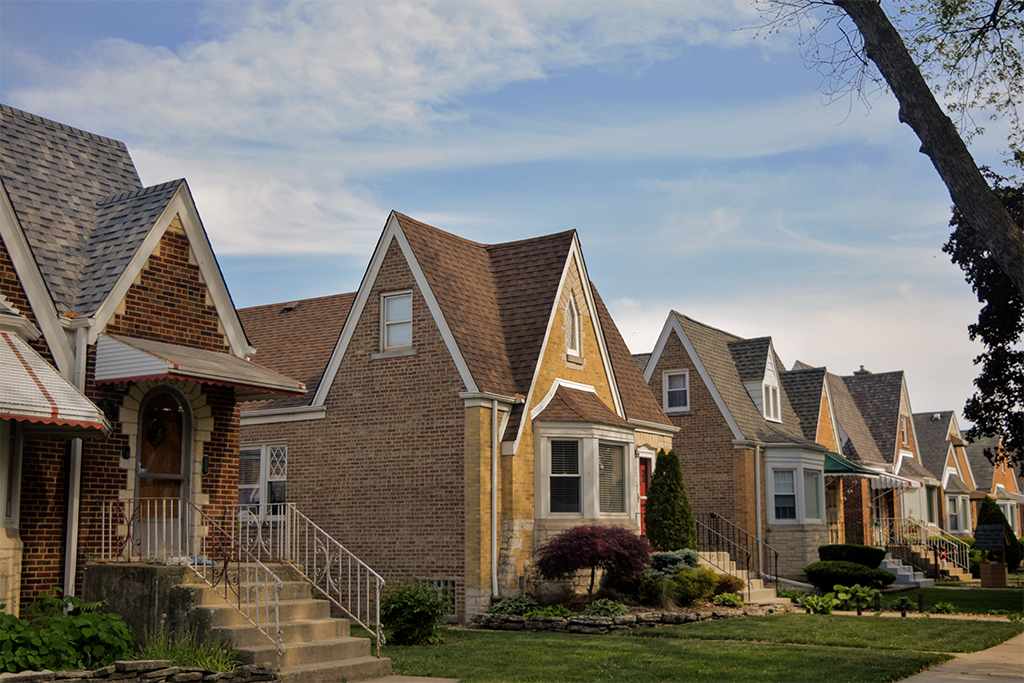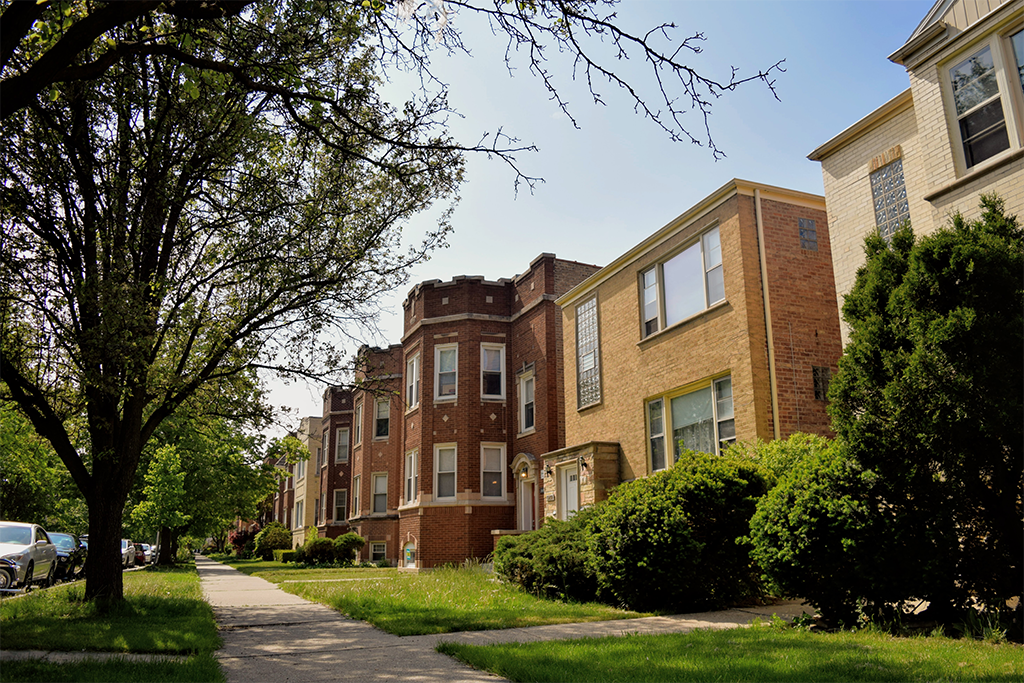Research from IHS highlights the challenges investors in and owners of smaller multifamily rental properties (buildings with between 10 and 49 units) face when attempting to access sufficient credit for acquisition, rehabilitation, or refinancing.
Challenges around accessing sufficient financing for buying, rehabilitating and refinancing smaller multifamily rental properties may be a threat to the supply of affordable rental housing in Cook County, Illinois according to research released today by the Institute for Housing Studies (IHS) at DePaul University.
Smaller multifamily rental properties, typically those with between five and 49 units, make up a critical portion of Cook County's rental housing stock, but these types of properties are often more expensive to finance than larger multifamily properties. Additionally, the market for loans to smaller multifamily properties is primarily served by community banks that have tightened underwriting criteria and reduced lending volume in recent years. Access to financing allows property investors to acquire and rehabilitate properties, which can preserve existing rental units or return units previously offline to the rental housing supply. Access to financing also makes it possible for existing building owners to rehabilitate their buildings and refinance maturing debt to take advantage of lower interest rates.
However, the IHS research reveals that smaller multifamily properties are often more constrained when accessing credit, particularly when compared to larger multifamily properties. A property is considered credit constrained when the supply of credit available to that property is not sufficient to meet the property's expected demand for credit.
Download the Working Paper or the Research Brief.
Key findings from the IHS research include:
- Smaller multifamily properties accounted for more than 31 percent of the nation's rental housing stock in 2010. In Cook County these properties accounted for more than 35 percent of the county's rental units.
- In Cook County smaller multifamily properties contribute more than 30,000 rental units to lower income areas. Units in these types of buildings account for nearly half of the multifamily rental units in lower-income communities in Cook County. In communities such as Albany Park, Auburn Gresham, Austin, and Roseland, smaller multifamily properties make up over 65 percent of the multifamily rental housing stock.
- Nearly 93 percent of smaller multifamily properties that received a mortgage between 2005 and 2010 were considered credit constrained. Conversely, only 34 percent of buildings with 100 or more units were considered credit constrained. The credit available to the typical constrained 10 to 49 unit property investor or owner would be 19.8 percent less than the expected demand. By comparison, the estimated credit available to the typical credit constrained 50 to 99 unit property investor would be about 8.5 percent less than the expected demand. For properties with over 100 units, the expected credit available would be 3.9 percent less than expected demand.
This research brief was based on findings from the working paper "Financing Needs of Small Unit Rental Properties" by Jin Man Lee and James Shilling.






